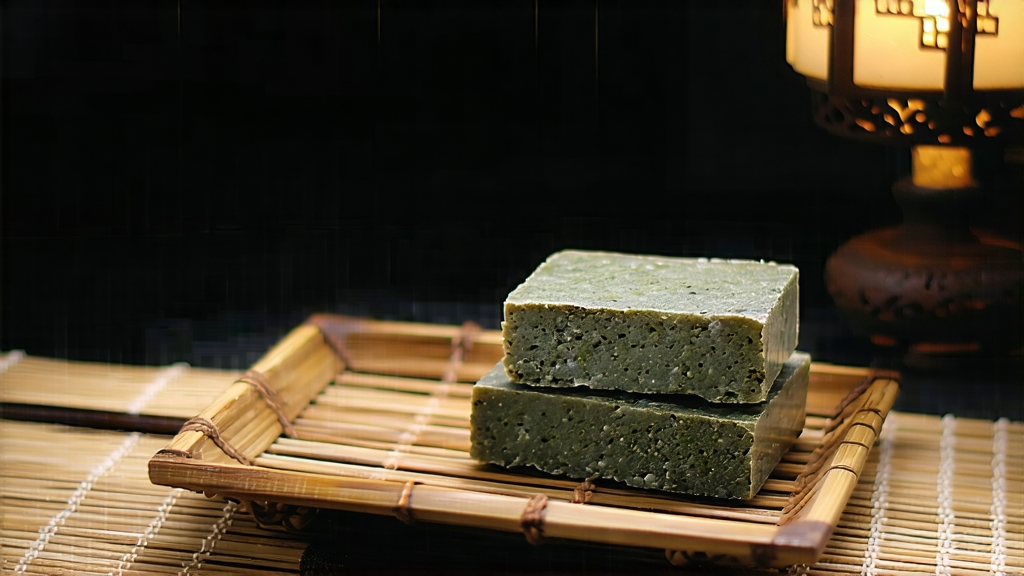
Tucked away in the subtropical mountains of southern China, Liu Bao cha has spent four centuries quietly maturing in bamboo baskets, waiting for the rest of the world to notice. While pu-erh has become the global poster-child of post-fermented tea, Liu Bao—literally “Six Forts”—is the older, softer-spoken sibling that once financed maritime caravans, fed Ming-dynasty miners, and still perfumes the air of Guangxi teahouses with the scent of damp earth, orchid and betel nut.
-
From Frontier Currency to Modern Icon
The story begins during the late Ming (1600s) in the town of Cangwu, Wuzhou prefecture. Caravans loaded compressed leaf into rattan baskets, lashed them to horses, and followed the Yungui mule track westward. The tea served three purposes: ballast for trading ships, daily hydration for miners, and a barter currency so trusted that laborers were literally paid in tea bricks. When the Qing court opened the “Tea Road to the Sea,” Liu Bao sailed south with coolies and opium clippers, eventually reaching Malaya where it became the breakfast drink of tin-miners and the secret ingredient in bone-setting herbal prescriptions. Today the same leaf is courted by collectors in Taipei, Berlin and Seattle, who prize the 1970s “Yellow Mark” tongs that once sold for pennies. -
Terroir: Where Humidity Writes the Score
The micro-zone lies between 22–24 °N latitude, where the Liujiang and Xunjiang rivers braid a foggy basin enclosed by granite peaks. Daytime heat hovers around 30 °C, nighttime drops to 22 °C, and relative humidity rarely dips below 85 %. The soil is lateritic, rich in iron and potassium, and drains quickly—ideal for the large-leaf Camellia sinensis var. sinensis f. pubilimba, a local ecotype whose leaves can span 20 cm and whose cell walls are thick enough to survive repeated pile-fermentation without collapsing into mulch. -
Craft: The Six Acts of Transformation
Liu Bao is not merely “fermented”; it is choreographed through six tightly timed steps that merge enzymatic oxidation with microbial fermentation.
a. Pluck & Wilt: Only the 3rd to 5th leaf—what locals call lao ye (“old leaf”)—is picked between Qingming and Guyu. The tougher fibers guarantee a sturdy skeleton for later microbial colonization.
b. Kill-Green at 280 °C: A 90-second shaqing in a 1.2 m diameter wok deactivates leaf enzymes but leaves a 10 % residual activity that will fuel slow oxidation inside the basket.
c. Rolling & Sun-Drying: The leaf is twisted until the veins crackle, then spread on bamboo mats for six hours of subtropical sun, dropping moisture to 35 %.
d. Pile-Fermentation (Duī wò): The signature step. Five tons of leaf are heaped 70 cm high in a cement room whose floor is sprinkled with Wuzhou well-water. Internal temperature is monitored hourly; when it hits 55 °C the pile is turned, misted, and re-stacked. Over 25 days the thermophilic fungus Aspergillus niger, yeasts of the Pichia clade and local Bacillus species generate a fungal “white coat” that smells of wet camphor and jackfruit.
e. Steam & Press: The fermented leaf is steamed for 8 seconds, then pressed into 50 kg bamboo baskets lined with wild banana leaf. The bamboo is woven tight enough to allow micro-ventilation but loose enough to let the basket “breathe” during decades of aging.
f. Warehouse Maturation: Traditional “sky-well” storages—three-storey clay buildings with open roofs—create a vertical humidity gradient. New tea lives on the top floor (dry, 70 % RH); after five years it descends to the humid ground floor (90 % RH) where microbial activity accelerates. A 1998 basket sampled in 2023 showed 17 % conversion of catechins into theaflavins and theabrownins, plus the appearance of the rare alkaloid 1,3,7,9-tetramethyluric acid, a molecule credited for Liu Bao’s lingering sweet coolness on the tongue.
- Style: The Flavor Arc from Youth to Antique
Young